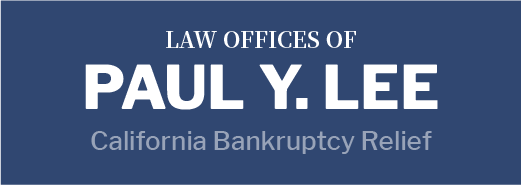Bankruptcy may help retirees manage debt more efficiently.

According to a recent analysis of government data performed by LIMRA Secure Retirement Institute, the total amount of student loan debt held by individuals age 65 to 74 has increased sixfold since 1989. Individuals in this age group have gone from having education debt comprise less than 1 percent of their total “installment” debt to having education debt represent about 15 percent of this burden.
Currently, the average amount of education debt held by retirees over age 65 is $2,300. Matters are worse for individuals in the age group approaching retirement (55 to 64) with an average load of $8,000. And of course the under-35 crowd is also facing ever-growing amounts of student debt, with an average of $19,500 in education loans accounting for 70 percent of their installment debt as of 2013. Without careful financial planning, these individuals may very well carry their own student debt into retirement.
Why Worry About Student Loan Debt in Retirement
For anyone on a fixed retirement income, naturally any kind of debt is a concern. However, student loan debt can be especially threatening due to the harsh consequences for nonpayment. If a federal student loan goes into default, the government can withhold your tax refund, garnish any wages you may be earning, and/or withhold a portion of your Social Security benefits until the entire balance of the loan is repaid.
According to data from the Treasury Department, Social Security benefits withholding is a growing problem for retirees. Whereas in 2000 they processed 6 cases, in 2012 over 122,000 retirees had their benefits withheld.
Can Bankruptcy Help?
Student loan debt is notoriously hard to discharge in a bankruptcy and most people will not meet the strict hardship requirements needed to accomplish this. However, this does not mean that bankruptcy can’t provide help to retirees and pre-retirees with student loan debt.
What bankruptcy can do is help discharge or restructure other kinds of debts, freeing up cash that can then be used to pay down the student loan debt.
For example, a Chapter 7 bankruptcy can be used to discharge unsecured debts like credit card bills, medical bills, and personal loans, allowing individuals to direct the cash that would otherwise have been used to pay down these bills towards their education loans.
Many retirees will be able to use Chapter 7 bankruptcy since they have a low income (if any) and few non-exempt assets. However, if you have too many assets or too much income to qualify for Chapter 7, a Chapter 13 bankruptcy might be another option. Chapter 13 allows for the creation of a court-ordered repayment plan that will suspend collection activities on overdue accounts and restructure your debts into a more manageable payment plan.
If you have questions about how filing for bankruptcy could help you find financial freedom prior to or during retirement, please contact California Bankruptcy Relief now.

